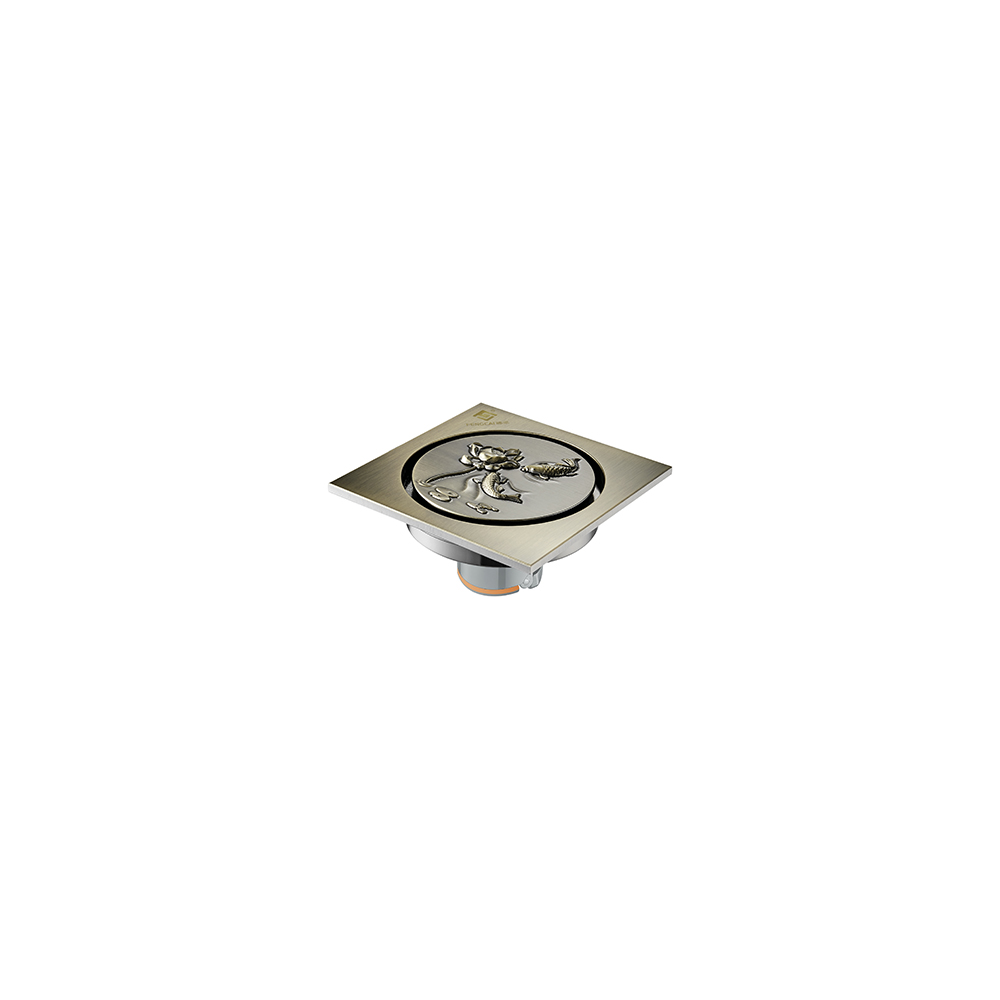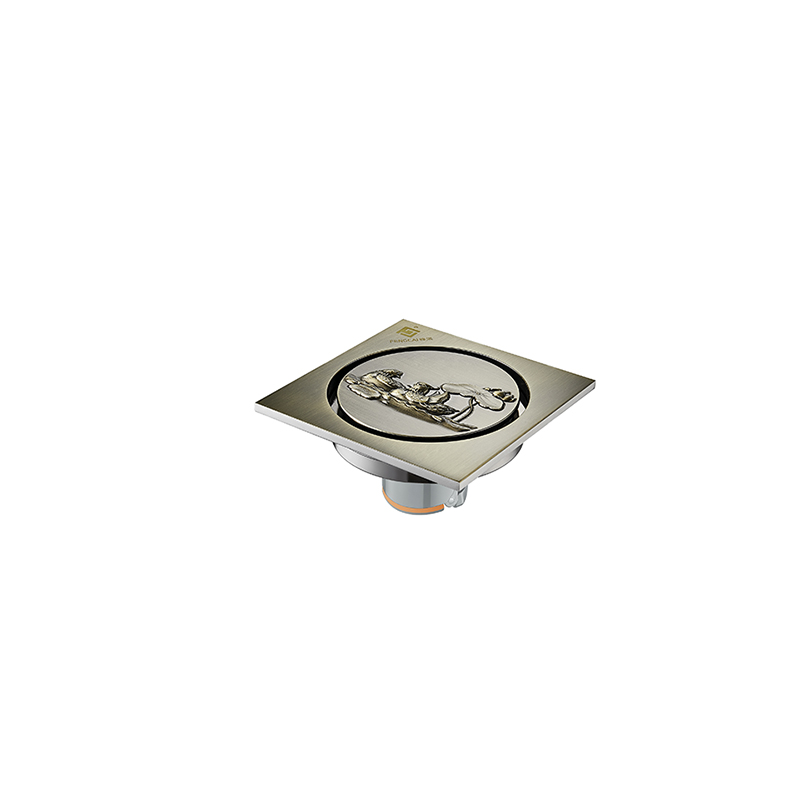Whether you are upgrading your current toilet to a high-efficiency model or removing it as part of a full bathroom renovation, you don't want to uproot it as is — doing so could lead to a watery disaster. To avoid the hassle of mopping up a pool of liquid from your bathroom floor, and potentially damaging the ceiling of the room below, you will need to drain your toilet prior to removal. Fortunately, the process simply requires shutting off the water supply, flushing multiple times, and soaking up any residual water from the tank and bowl.
Removing a toilet is a task anyone with moderate DIY skills can accomplish, though you may want to recruit an extra set of hands. The weight of an average toilet is between 100 and 120 pounds — if it's empty. Newer toilets hold up to 1.6 gallons of water, while older models can top off at 7 gallons. Given that a gallon of water weighs slightly more than 8 pounds, it is wise to completely drain your toilet in preparation for its extraction. Brass Shower Drain

The last thing you want to deal with when uncoupling a toilet is a gush of water flooding your bathroom. It is critical to turn off the water supply to your toilet before moving it. Look for the shut-off valve on the wall behind the toilet tank or on the floor (It might be a round knob or a lever). Next, start flushing. Simply hold down the flush lever as you would normally — it typically takes a few flushes to empty the bowl and tank. Unfortunately, no amount of flushing will get the entire toilet bone-dry; rather, you will have to soak up the small amount of remaining water yourself.
One of the easiest ways to absorb leftover water in your toilet is with a sponge or rag. Just remember to have a bucket on hand so you can squeeze out the excess water. If you don't have a sponge readily available, grab a small cup or bowl and scoop out any standing water. Another option is to force the remaining water down the drain with a toilet plunger. Use the tool in the same manner you would if you were attempting to unclog your toilet: place the plunger's flange into the bowl, making sure it's tightly sealed, then firmly plunge up and down until the residual water is gone.
Theoretically, draining a toilet prior to unscrewing it from the floor and removing it seems simple enough. However, as any home handyperson knows, not all projects run as smoothly as planned. For example, if you closed the shut-off valve but the tank and bowl are still filling with water, you will need to locate your home's main shut-off valve and switch off the water there. Likewise, if the sponge, cup, or plunger methods of extracting the standing water are unsuccessful, use a wet and dry vacuum. A standard wet-dry shop vac will quickly and effortlessly extract any residual water remaining in the toilet.

Patent Core For Brass Drain Regardless of the toilet draining technique you select, be sure to prep in advance to reduce clean-up. Covering the floor with a drop cloth or old towels will help soak up any water spillage. Finally, for hygiene and safety reasons, you may want to glove up and wear eye protection if your toilet is especially nasty.